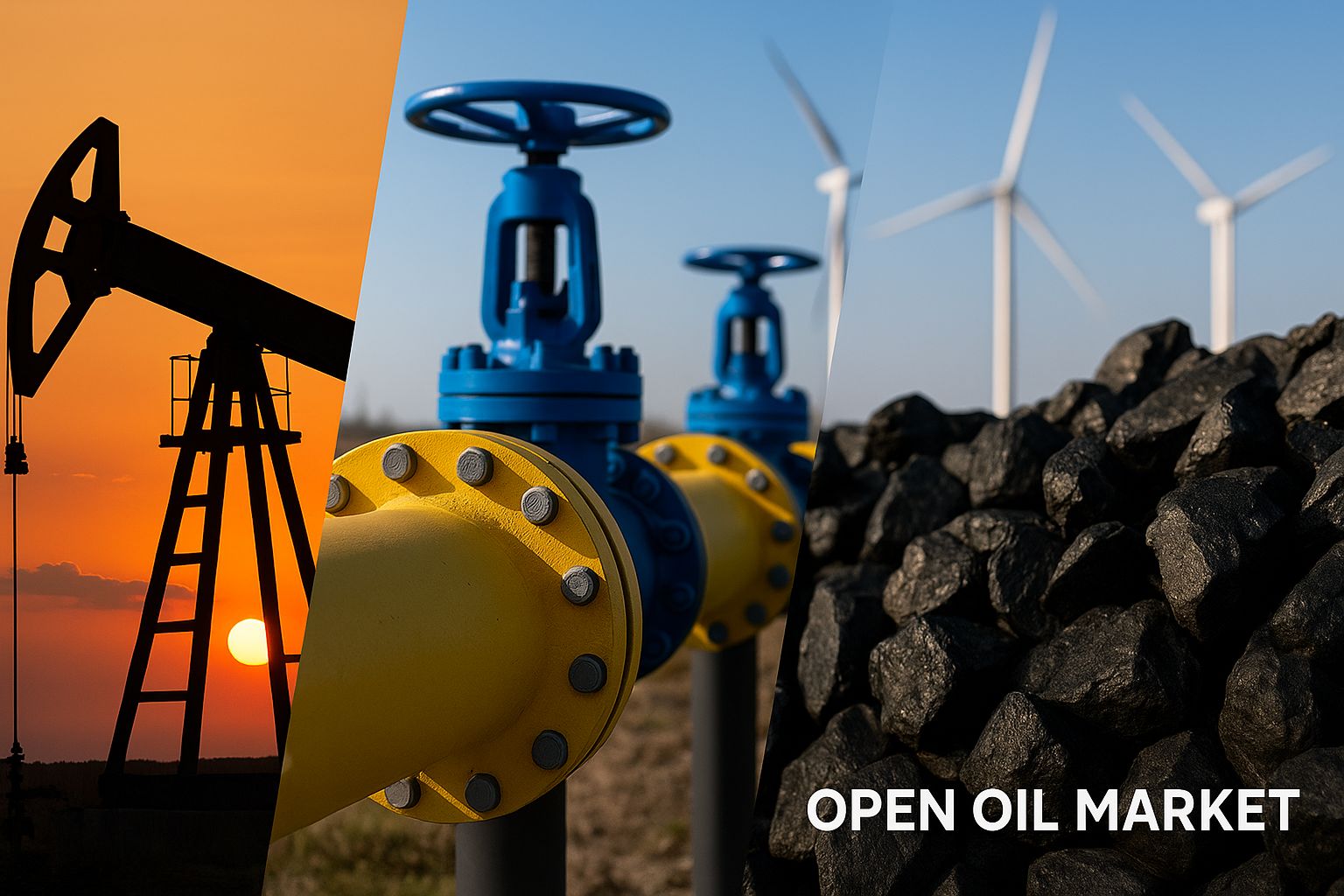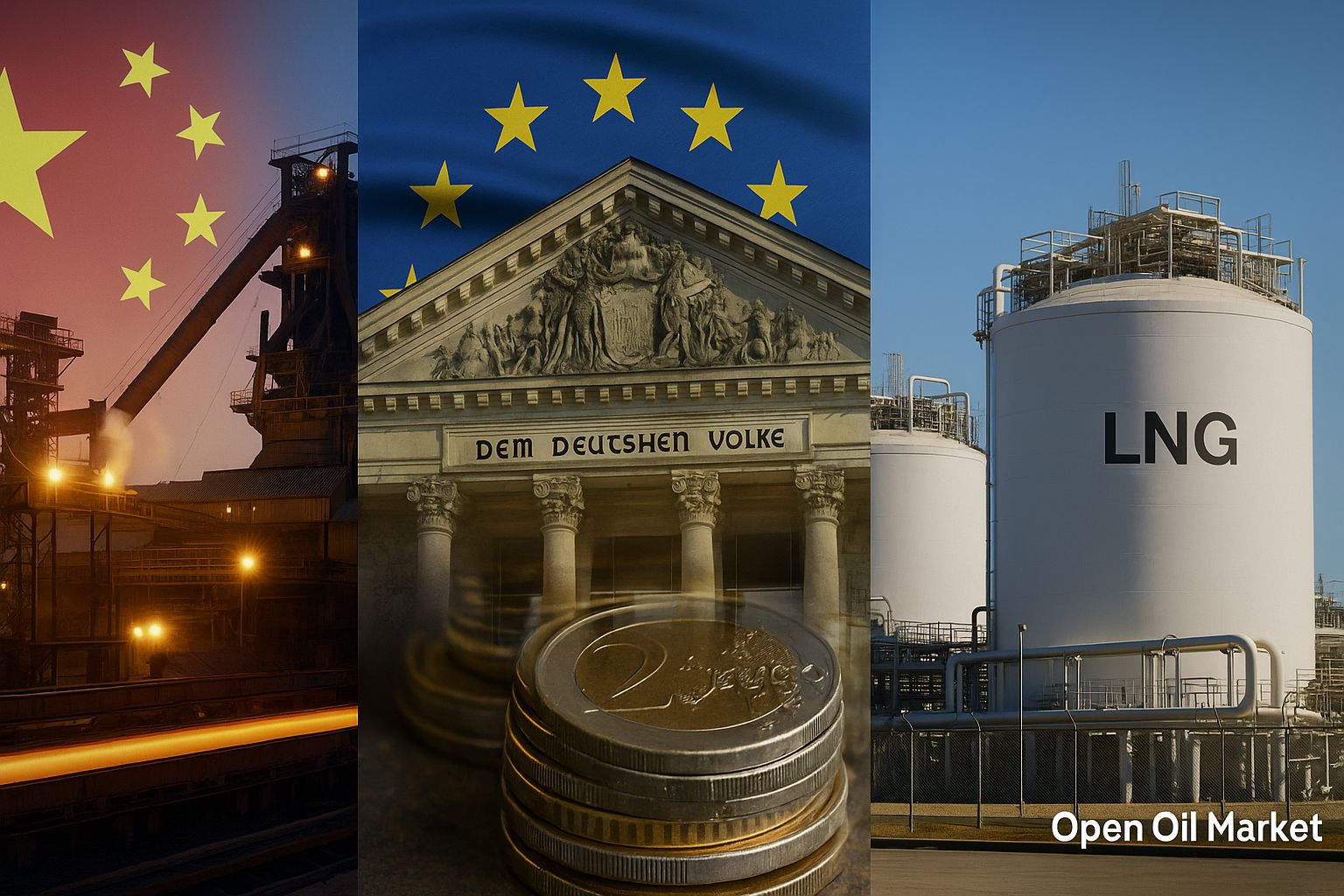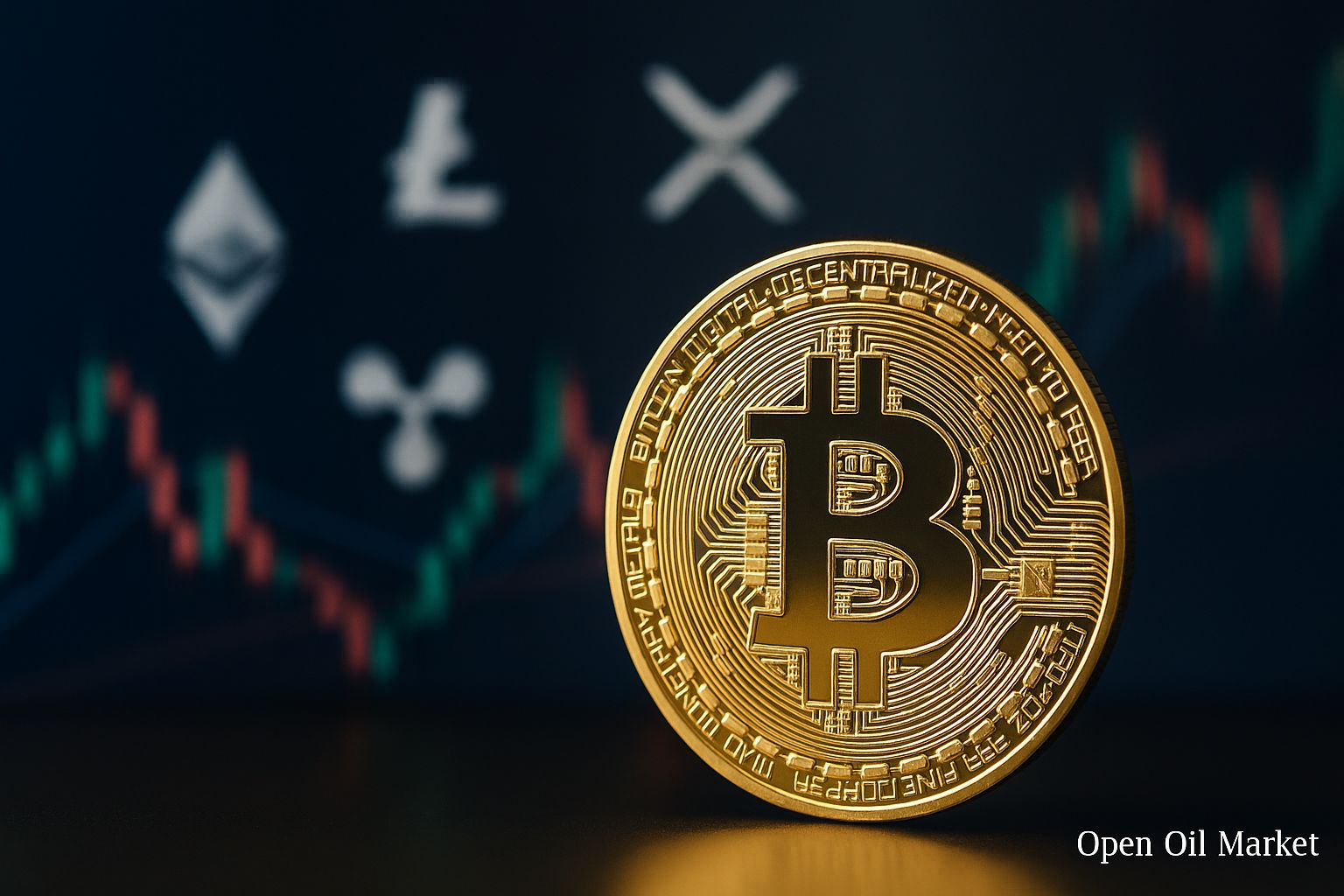
Detailed Overview of the Energy Sector on 6 November 2025: Record Oil Production, New Sanctions from the EU and the US, Stable Gas Reserves in Europe, Development of Renewable Energy, and Government Measures to Stabilise the Fuel Market in Russia.
The global fuel and energy complex (TEC) enters winter amid a rare combination of factors: record oil production, stable gas reserves in Europe, increasing sanctions pressure on the Russian energy sector, and accelerated investment in renewable energy. For investors and participants in the oil, gas, electricity, coal, petroleum products, and refining markets, this signals the necessity for flexible risk management and a balancing act between short-term operational resilience and long-term energy transition strategies.
Key Takeaways of the Day
- Oil: Rising supply from OPEC+ and the US keeps prices within a moderate range; geopolitical risks sustain a 'premium' in prices.
- Gas: Europe enters the season with high reserves, stable LNG flows, and price volatility limited by weather factors.
- Sanctions: New measures from the EU and the US increase pressure on Russian companies, raising transaction costs and supply risks.
- Asia: India and China are balancing the price advantages of hydrocarbons with energy security goals, while simultaneously accelerating renewable energy investments.
- Electricity and Renewable Energy: Record investments, simplification of permitting processes, and development of network infrastructure.
Oil Market: Record Production and Moderate Prices
The oil market is demonstrating a fragile equilibrium: increased production and the recovery of certain export flows are offsetting seasonal demand weaknesses. For upstream companies, capital expenditure discipline and hedging are crucial, while for refineries, flexibility in procurement and logistics is key.
- Supply: Record production in the US and gradual increases from OPEC+ mitigate market balance.
- Demand: Following a summer peak, consumption of petroleum products is normalising; prospects depend on developments in China and industrial activity.
- Risks: Infrastructure attacks and regional conflicts support a price premium.
- Expectations for Brent price ranges in the medium term, barring unforeseen circumstances.
- Focus on refining margins and optimisation of product slates (diesel, gasoline, jet fuel).
European Gas Market: Reserves and Diversification
European gas storage facilities are at high levels, reducing the risk of shortages during the heating season. Diversification of supplies through LNG and North Sea gas compensates for reduced pipeline flows from Russia.
- Stocks: High initial levels of underground gas storage provide a safety cushion even in a cold winter.
- Prices: A moderate range of wholesale prices; sensitivity to weather forecasts and technical works at LNG terminals.
- Demand: Energy efficiency and cost-saving measures in industry are curbing peak load.
- For generation: Gas remains a key balancing fuel against coal.
- For traders: Prioritisation of calendar spreads, monitoring of weather factors, and regasification schedules.
Russian Oil Products Market: Stabilisation through Export Restrictions
After a surge of tension in the domestic market, Russian authorities have intensified stabilisation measures: temporary restrictions on gasoline and diesel exports, increased mandatory sales quotas, and the establishment of a price dampener.
- Demand and supply: Seasonal peaks are covered by redirecting flows to the domestic market.
- Prices: Wholesale quotations have adjusted downwards, with retail price growth stabilising.
- Risks: Redistribution of kerosene in favour of winter diesel may provoke shortages of jet fuel.
- For refineries: Priority on maximising throughput and flexible outputs of light petroleum products.
- For logistics: Balancing of pipeline and rail supplies to rapidly saturate regions.
Sanctions and Geopolitics: Heightening Pressure and Rising Costs
New sanction packages from the EU and the US raise sanction risks for Russian companies, expanding restrictions on transportation, insurance, and payment transactions. Secondary sanctions affect counterparties in third countries, complicating trade.
- Oil: Increased control over evasion of embargoes, expansion of the list of vessels facing restrictions.
- Gas: Restrictions on LNG from Russia enhance motivation for long-term contracts with alternative suppliers.
- Finance: Rising transaction costs, lengthening of payment cycles, risk of revising credit lines.
- For traders: Necessity for extensive legal due diligence and insurance coverage.
- For buyers: Diversifying supply portfolios for 2026, taking logistical risks into account.
Asia: India and China as Demand Anchors
Asian economies remain key drivers of global demand for oil, gas, and coal, while simultaneously accelerating the implementation of renewable energy. The balance between the availability of hydrocarbons and energy security goals is shaping their import strategies.
- India: Maintains high imports of discounted barrels with flexible refinery loading under sanctions constraints.
- China: Sustains high oil imports and expands LNG contracts; increases production of gas and coal to mitigate electricity shortage risks.
- For exporters: Asia remains a key market, but the structure of transactions and insurance is becoming more complex.
- For regional refineries: Opportunities exist in export margins for light petroleum products.
Renewable Energy and Electricity: Investments and Networks
Investment in renewable energy and energy storage is accelerating, with governments shortening permitting timelines and subsidising critical infrastructure. For the electricity sector, the priority is integrating variable generation and modernising networks.
- Projects: Accelerated commissioning of solar and wind capacities, growth in offshore wind.
- Networks: Expansion of intersystem flows, digitalisation of load management.
- Storage: Scaling of battery systems and pumped hydro storage to balance peak loads.
- For investors: Attractiveness of green assets supported by government incentives and clear regulatory frameworks.
- For thermal generation: Gas plays a role as a transitional fuel and development of CO₂ capture technology.
Coal: Structural Decline in Developed Economies and Resilience in Developing Ones
Coal generation in OECD countries continues to decrease due to renewable energy and gas generation; however, in several developing countries, coal remains critically important for sustainable energy supply.
- Demand: Declining in Europe and growing in certain Asian economies with high price volatility.
- Policy: Adjustment of coal power plant phase-out schedules depending on grid reliability and gas availability.
- For suppliers: Market diversification and management of logistical supply chains.
- For regulators: Balancing environmental goals with the security of energy systems.
Prospects for Investors and Energy Sector Participants
For investors in energy, current conditions dictate the necessity for a measured strategy. The current stability in raw material markets may offer opportunities to secure profit; however, strategic decisions must consider potential changes: new OPEC+ decisions, regulatory restrictions on emissions, and technological breakthroughs in energy storage. Oil and gas companies, despite favourable prices, face rising capital costs and financing constraints due to climate agendas—this encourages the sector to direct excess profits towards debt reduction and accelerated development of renewable energy projects. Electricity and coal companies in developing markets are currently benefiting from rising demand, but they must prepare for tightening environmental regulations and competition from cheap renewable energy.
Overall, forecasts for the coming months remain cautiously optimistic. The winter period of 2025/26 is expected to pass without serious disruptions for the global TEC, provided that no unforeseen events occur. However, the high interconnectedness of global markets means that any local crisis—whether it be another wave of sanctions, a technological accident, or extreme weather—can quickly impact prices and supply chains worldwide. Market participants will need to continue monitoring news closely and be ready to adapt swiftly to changes. The fuel and energy complex remains the cornerstone of the global economy, and maintaining its stability during periods of change is crucial for instilling confidence in investors and consumers about the future.




